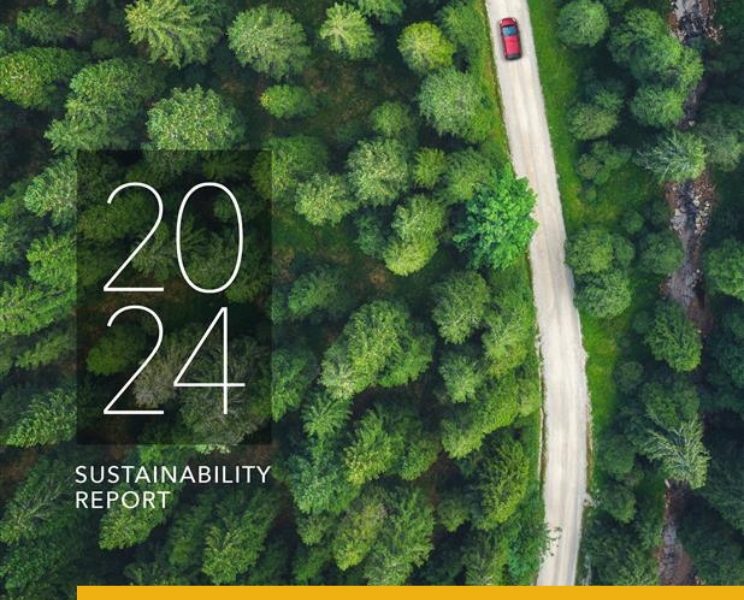As originally appeared in Canadian Auto Dealer on July 31, 2023.
Author: Carina Ockedahl
The path forward for Finance and Insurance involves change, improvement, innovation, and surviving a more watchful regulatory environment.
Andy Mayers, Lender Solutions Strategist at Dealertrack/Cox Automotive, made an interesting comment when discussing the future of financing in a 2023 Reuters Events report titled The Dealer of the Future.
He said the ultimate goal is to make the experience of purchasing a vehicle like buying a pair of pants on Amazon, and to make auto financing like using PayPal. To do that may require, among other things, a more digital and automated process.
“We’ve built a digital path for credit applications and automated scoring and decisioning,” said Mayers in the report. “The credit application business has been an automated process. In a matter of less than a minute, most people get a decision back on their request.”
Furthering that notion, Rosa Hoffmann, CEO of DecisioningIT, said most OEMs want to move the consumer down the journey of purchasing their vehicle online. She told Canadian auto dealer that part of the journey requires getting potential customers pre-qualified or pre-approved for financing.
DecisioningIT, which uses predictive artificial intelligence, recently launched a widget that can do a pre-qualification in under a second. “Pretty much, it’s instantaneous and it’s nice because it does allow non-prime consumers to also get pre-qualified online.”’
The widget is brand new. “We’re actually working on a name for the widget right now — that’s how new it is. I’ve been working on this project for the last few years,” said Hoffman.
The Dealer of the Future report highlights the importance of digital, the omnichannel experience, and automation in F&I — things like contract automation and digital signing, which helps speed up the transaction process and eliminates errors. Or “lights-out funding,” which automates all steps of the funding process, also eliminates errors, and greatly reduces the risk to the dealer.
The regulatory environment
But as dealers evolve their processes to meet new post-pandemic expectations, they are also aware of an increasing scrutiny. “That translates down to the F&I space by specific government regulators,” said John White, National Director of Business Development with First Canadian Financial Group.
“With the provincial regulators, there’s more and more onus on things such as transparency, disclosure, and the type of insurance transactions for creditor insurance and things of that nature. So, a lot of noise there, and more so than there has been in the past,” he added.
White said that “noise” is apparent in some provinces and is expanding nationally. And although these situations are not all new, he does see them growing in prominence.
On the automation front, that “noise” can have a big impact on the adoption of automated processes being implemented by dealers and financial institutions.
“In particular, the higher the perception of regulation, the lower the probability that firms engage in digital automation,” the paper notes.
The September 2021 abstract, entitled Impact of Regulation on Digital Automation in Professional Services, was prepared for the European Commission. The study looks at the interactions between the regulatory environment and the adoption of automated processes for accountants, lawyers, engineers, and architects.
Overall, White said the industry is experiencing “normal” or “regular challenges” that involve keeping dealers trained and ensuring they have their processes in place — which he said is made more difficult by high staff turnover rates.
That turnover occurs primarily in customer-facing positions and the F&I world is no exception. The situation around what White describes as a “very dynamic workforce” has resulted in employees jumping quickly from one workplace to another.
“When you’ve got them, and you tie all this back in with what I described in the regulatory framework, you need to make sure you’re really on top of your game,” said White, adding that “it all ties together.”
The balancing act
That opinion is echoed by Jeff Schultz, VP of Marketing for LGM Financial. He said many people in the auto sector have noticed that regulators are starting to pay more attention to how the consumer is treated. They are also focusing more on ensuring that dealers and suppliers are complying with the requirements.
“Québec with the AMF (Autorité des marchés financiers) has always been pretty stringent and very consumer-focused,” said Schultz. “I think all of us in this industry have learned — and if you’re in Québec, you know how to operate that way — and therefore, the dealers need to follow the guidelines and do things as the AMF requires.”
Other provinces are also starting to ramp up their scrutiny, including Alberta and British Columbia. Schultz said it will be important for dealers and suppliers to ensure their products are both good for the consumer and sold in a responsible way.
Part of that involves offering products that fit the current situation. For example, Schultz said more customers are buying coverage for their electric vehicles, including replacement insurance and loan protection coverage. As a result, the F&I combination is bound to be impacted and change how dealers need to talk to the consumer.
First time buyers in particular seem to have a lot of questions — like, is the home charger covered? “People are starting to think about how to adapt their lifestyle to their electric vehicle that has you plug it in at home. And if you’ve got a stage-two charger, there’s different requirements for those things,” said Schultz
Offering the right products, advising the customer about how their coverage can help protect their particular lifestyle/issue, and selling it all in a responsible way will be a big factor in F&I success. As Schultz put it: bad news travels fast, but good news does not travel as quickly. If the dealership experience is poor, a consumer may complain — and that complaint may climb up to the regulator.
“I think that’s going to be a continual theme in our industry, figuring out how to work with the regulators and do it in a way that is good for the consumer and still good for our business. That’s always a bit of a balancing act,” said Schultz.
He sees this area as something that will continue to evolve over the next few years as regulators find their “happy place” in terms of how much regulation to apply to the industry.


